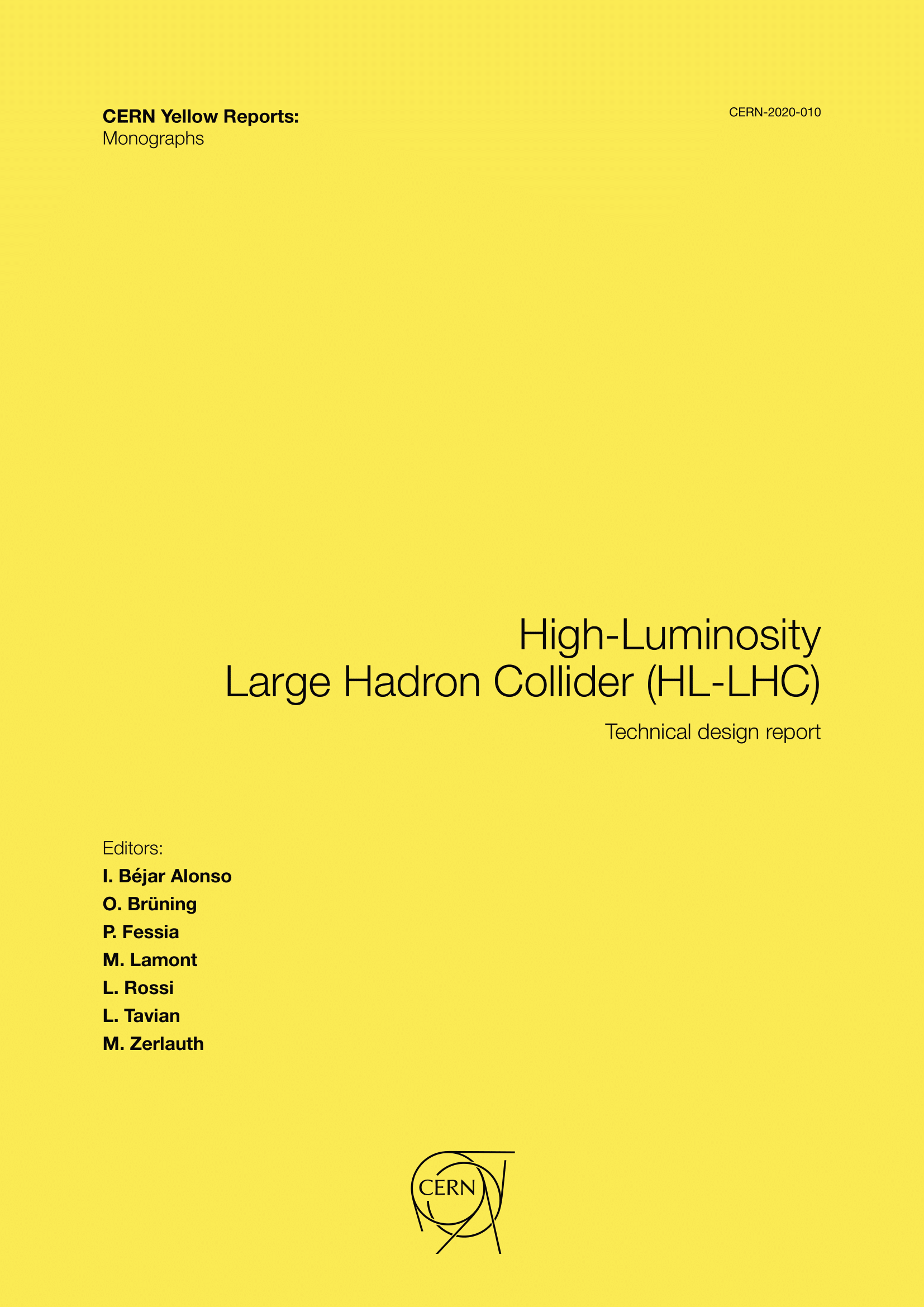Chapter 18: Controls technologies
DOI:
https://doi.org/10.23731/CYRM-2020-0010.323Abstract
By the time of the commissioning and subsequent operation of the HL-LHC, many of the physical elements of the control system will have been upgraded due to obsolescence. This applies particularly to the front and back end CPUs and storage. It is not, however, foreseen that the overall control system strategy and architecture will change in its conceptual structure during this period, and many parts of the current controls infrastructure will still be sufficient for the HL-LHC needs. Nevertheless, three areas have been identified as having to be addressed so that the control system can respond to the new challenges presented by the HL-LHC upgrade project.
During operation of the HL-LHC there will be an increase of radiation in some areas, which will trigger re-designs and relocation of electronics currently installed close to beam line elements (see Chapter 10 and 19). The HL-LHC project will also require the installation of new, more powerful Nb3Sn magnets that will raise the need for more diagnostics data (i.e. higher data rates) in subsystems such as the quench detection system and the cold powering system. Higher data rates will also be needed during the commissioning of the HL-LHC, as equipment groups will need to fine-tune their systems and will therefore require access to the full diagnostics capabilities of their systems. In order to assure correct functionality up to the end of the HL-LHC operational period with ultimate performance, it is important to be conservative regarding the design choices and to share proven solutions as much as possible. This approach assures that proven solutions persist and that all design efforts can be concentrated on making a few designs very robust instead of spreading efforts into a large number of sub-optimal designs.
The increase in data bandwidth needs triggered by the HL-LHC is an overarching theme in this work package. It has an effect on the electronics interfacing to the accelerator components, on the communication technologies used to get the data out of those crates towards higher layers of the control system, and finally on the solutions used to store the data in the logging system and, later, to extract it and analyse it in an efficient way.
Downloads
Published
Issue
Section
License
Copyright (c) 2020 CERN

This work is licensed under a Creative Commons Attribution 4.0 International License.
Authors who publish with this publication agree to the following terms:
- CERN retains copyright and publishes the work licensed under the Creative Commons Attribution License 4.0 that allows others to share the work with an acknowledgement of the work's authorship and initial publication in this series.
- Authors are able to enter into separate, additional contractual arrangements for distribution of the published version of the work (e.g., post it to an institutional repository or publish it in a book), with an acknowledgement of its initial publication in this series.
- Authors are permitted and encouraged to post their work online (e.g., in institutional repositories or on their website) prior to and during the submission process, as it can lead to productive exchanges, as well as earlier and greater citation of published work (See The Effect of Open Access).

